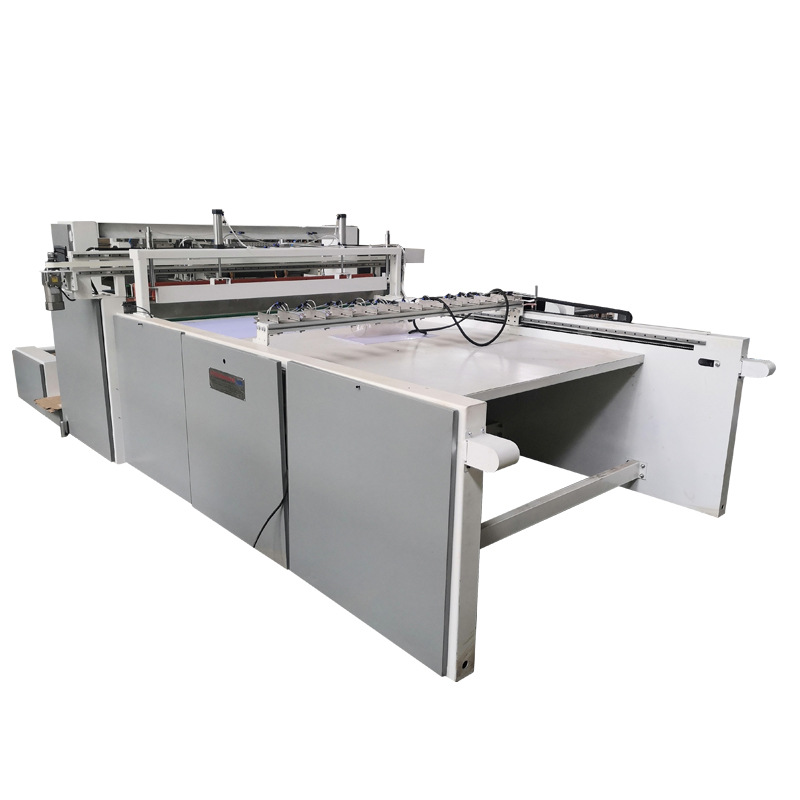An automatic fabric spreading machine is a device used in the textile industry to automatically spread out large rolls of fabric onto a cutting table. The machine consists of a motorized fabric roll holder that unwinds the fabric and feeds it through a series of rollers and guides, which spread the fabric out evenly onto the cutting table. This process is done to prepare the fabric for cutting and sewing operations.
In the textile industry, the process of fabric spreading is a critical step in the production of clothing, home textiles, and other fabric-based products. Traditionally, this process was done manually, but with the advent of technology, automatic fabric spreader machines have become increasingly popular in the industry. These machines provide a host of benefits that are crucial to the success of textile manufacturing.
One of the primary advantages of using an automatic fabric spreader machine is the speed and efficiency with which it can spread fabric. These machines can quickly and accurately spread large rolls of fabric onto a cutting table, which saves time and labor costs. Manual spreading is a time-consuming process that requires a lot of physical labor, which can be very tiring for workers. In contrast, automatic fabric spreaders can spread fabric much faster and with much less effort, allowing workers to focus on other tasks.
Another benefit of using an automatic fabric spreader machine is the increased accuracy it provides. These machines use digital controls to set the fabric width, length, and tension, which ensures that the fabric is spread evenly and consistently. This is important because if the fabric is not spread evenly, it can cause errors during cutting and sewing operations, which can lead to product defects and waste. Automatic fabric spreaders eliminate this risk by providing precise control over the spreading process.
Automatic fabric spreaders are also helpful in reducing the risk of fabric damage. Manual spreading can cause wrinkles, creases, or other types of fabric damage, which can impact the quality of the finished product. Automatic fabric spreaders, on the other hand, use advanced sensors to detect any irregularities or defects in the fabric and adjust the spreading process accordingly. This helps to ensure that the fabric remains in good condition throughout the spreading process.
In addition to these benefits, automatic fabric spreaders also provide a more sustainable and environmentally friendly option for textile production. They use less energy than manual spreading and produce less waste, which helps to reduce the carbon footprint of textile manufacturing.
Overall, the importance of automatic fabric spreader machines cannot be overstated. They provide significant benefits in terms of speed, accuracy, and sustainability, which are crucial to the success of textile manufacturing. As the textile industry continues to evolve, automatic fabric spreaders will play an increasingly important role in ensuring that production processes are efficient, effective, and environmentally responsible.
Post time: Apr-13-2023






